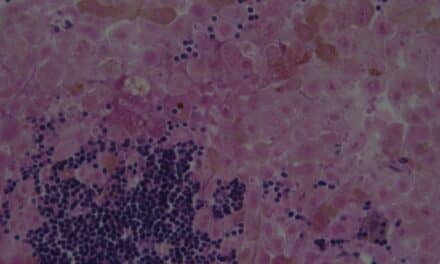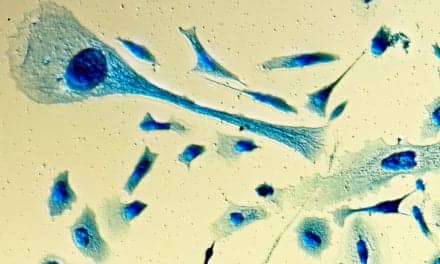Summary: NeoGenomics’ study demonstrates how circulating tumor DNA (ctDNA) monitoring enables earlier detection of molecular residual disease (MRD) and recurrence risk in high-risk melanoma patients.
Takeaways:
- Enhanced Recurrence Detection: Utilizing NeoGenomics’ RaDaR assay, ctDNA monitoring after surgery identified high-risk melanoma patients with a worse prognosis and enabled earlier recurrence detection.
- Broader Patient Coverage: Unlike earlier methods, the study successfully detected ctDNA in melanoma patients without BRAF or NRAS mutations, making it applicable to a wider patient population.
- Future Impact on Patient Care: The findings support ctDNA as a dependable biomarker for guiding adjuvant treatment and have informed the development of the CLEAR-Me trial to improve outcomes for high-risk melanoma patients.
NeoGenomics, an oncology testing services company, announced the recent publication of a new study in ESMO Open, demonstrating how circulating tumor DNA (ctDNA) in monitoring molecular residual disease (MRD) may enable earlier identification of disease recurrence for high-risk melanoma patients.
Impact of Melanoma
Melanoma impacted over 100,000 patients in 2023; the majority (55%) were men. Locally advanced melanoma is a complex disease with a risk of relapse ranging from 39% in stage IIIA to approximately 70% in stage IIIC.
The study, “Bespoke ctDNA for Longitudinal Detection of Molecular Residual Disease in High-Risk Melanoma Patients,” was conducted alongside researchers from the Princess Margaret Hospital at the University of Toronto and assessed ctDNA in 276 plasma samples from 66 melanoma patients. Utilizing RaDaR, NeoGenomics’ next-generation sequencing assay, researchers found that ctDNA detection after surgery can identify patients with worse prognosis, and serial ctDNA measurements may enable earlier identification of disease recurrence.
The Value of ctDNA
Many earlier ctDNA studies in melanoma utilized technologies that target a narrow spectrum of recurrent driver alterations, an approach that limits application in patients with tumors lacking BRAF and NRAS mutations. In contrast, the study successfully identified ctDNA in patients with tumors lacking BRAF and NRAS mutations, suggesting that this tumor-informed approach may be informative in a wider range of patients.
“There is an urgent need for dependable biomarkers to define recurrence risk and identify melanoma patients who would benefit most from adjuvant treatment, as no reliable criteria currently exist to guide therapy selection,” says Warren Stone, chief commercial officer at NeoGenomics. “This study highlights the value of ctDNA in addressing this gap and provides a foundation for future research and integration into routine clinical care, aiming to improve patient outcomes.”
Further Reading
This study is an example of the potential applications of ctDNA for the implementation of novel therapeutic strategies aimed at improving the care of cancer patients, and findings have led to the development of the CLEAR-Me trial, an interception study to detect and clear MRD in patients with high-risk melanoma (NCT06319196).





